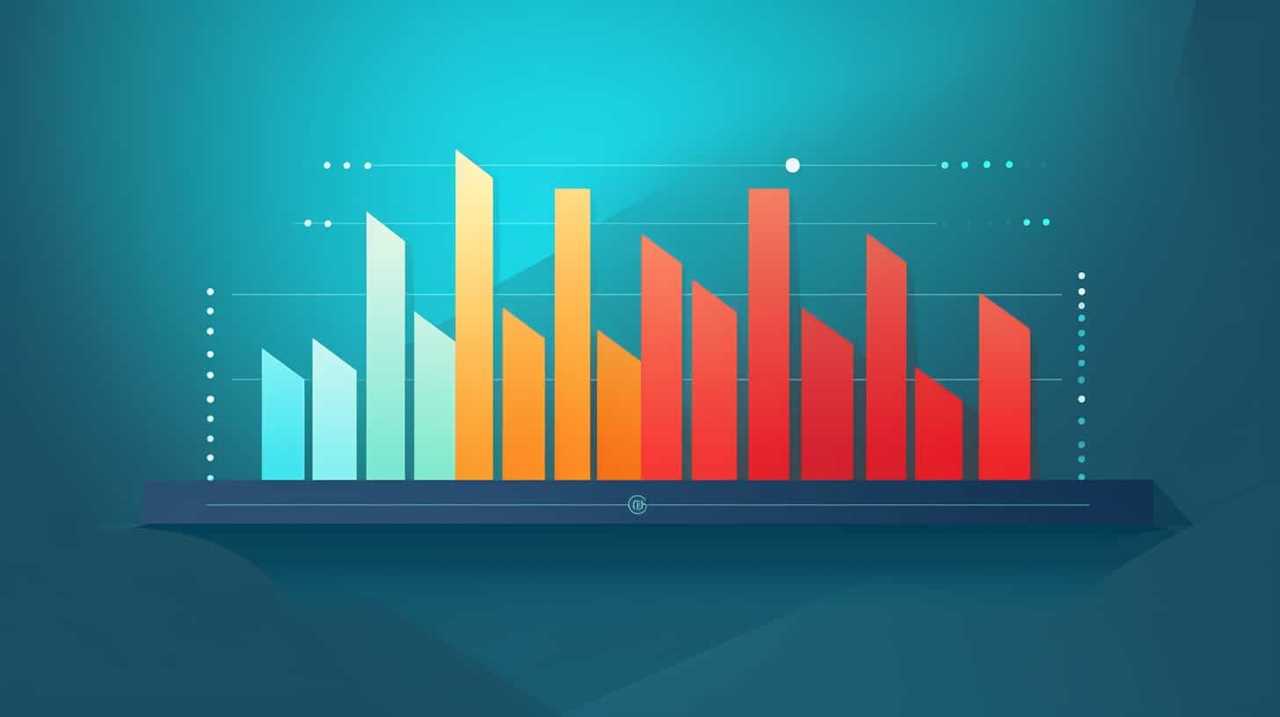Are you tired of shelling out a lot of money on SEO tools and services? Well, we have some exciting news for you! In this article, we will share our tips on how to implement SEO without spending a dime.
Yes, you heard that right – free! Get ready to unlock the secrets of keyword research, on-page optimization, content creation, building high-quality backlinks, and monitoring SEO performance.
Say goodbye to expensive tools and hello to liberation! Let’s dive in and revolutionize your SEO game, together.
Key Takeaways
- Conduct thorough keyword research using free keyword research tools to identify popular and relevant topics.
- Incorporate relevant keywords naturally throughout the content to optimize website visibility in search results.
- Implement on-page optimization techniques such as optimizing meta tags, page titles, and on-page elements like headings and keyword usage.
- Build high-quality backlinks through guest posting on niche websites and sharing website content on social bookmarking sites to increase visibility and improve search engine rankings.
Keyword Research
When practicing SEO for free, we begin by conducting keyword research to identify the most relevant and valuable terms to target for website optimization. Competitor analysis plays a vital role in this process. By analyzing our competitors’ websites, we can gain insights into the keywords they’re targeting and identify potential gaps or opportunities.

Additionally, we focus on long tail keywords, which are more specific and have lower competition. These keywords allow us to attract highly targeted traffic and increase our chances of ranking higher in search engine results.
By incorporating competitor analysis and long tail keywords into our keyword research strategy, we can optimize our website effectively and attract the right audience.
With this foundation in place, we can now move on to the next step: on-page optimization.
On-Page Optimization
To optimize our website for search engines without spending any money, we focus on improving our on-page elements. This includes optimizing our meta tags and page titles. Meta tags provide information about the content of a webpage to search engines, while page titles help search engines understand the topic of the page. By using relevant keywords in our meta tags and page titles, we can improve our website’s visibility in search results.

Another important aspect of on-page optimization is image optimization. This involves optimizing the images on our website to make them more search engine-friendly. We can achieve this by using descriptive filenames, alt tags, and optimizing the image size and format. By implementing these image optimization techniques, we can enhance our website’s overall SEO performance and attract more organic traffic.
Content Creation and Optimization
For content creation and optimization, we prioritize the creation and optimization of high-quality and relevant content on our website. This is essential for effective content promotion and to ensure that our website ranks well in search engine results.
To achieve this, we follow a few key strategies:
- Conducting thorough keyword research to identify popular and relevant topics to write about.
- Creating compelling, informative, and engaging content that appeals to our target audience.
- Incorporating relevant keywords naturally throughout the content to improve its visibility to search engines.
- Using SEO friendly website design techniques, such as optimizing page load speed and ensuring mobile responsiveness.
- Implementing proper on-page optimization techniques, such as meta tags and header tags, to enhance the visibility of our content.
Building High-Quality Backlinks
As we delve into the topic of practicing SEO for free, one crucial aspect to explore is the process of building high-quality backlinks. Backlinks are links from other websites to your own, and they play a significant role in improving your website’s search engine ranking.

One effective way to build high-quality backlinks is through guest posting. By writing valuable content for other websites in your niche, you can include a link back to your own site. This not only helps you gain exposure to a new audience but also establishes your website as a reliable source of information.
Another method is through social bookmarking, where you share your website’s content on social bookmarking sites. This helps increase visibility and attract more visitors to your site.
Moving forward, let’s now explore the next step in practicing SEO for free – monitoring and analyzing SEO performance.
Monitoring and Analyzing SEO Performance
Now, let’s delve into how we can effectively monitor and analyze the performance of our SEO efforts. To ensure that our SEO strategies are yielding the desired results, it’s crucial to regularly monitor and analyze our performance.

Here are some key steps to help us in this process:
- Implement competitor analysis: By studying our competitors’ SEO strategies, we can identify areas for improvement and stay ahead in the game.
- Utilize local SEO strategies: Targeting local keywords and optimizing our website for local search can help us attract relevant and high-quality traffic.
- Track keyword rankings: Monitoring our keyword rankings allows us to evaluate the effectiveness of our SEO efforts and make necessary adjustments.
- Analyze website traffic: By analyzing website traffic, we can identify which sources are driving the most visitors to our site and optimize accordingly.
- Monitor conversion rates: Tracking conversion rates helps us measure the success of our SEO campaigns in terms of generating leads or sales.
Frequently Asked Questions
What Are Some Common Mistakes to Avoid When Conducting Keyword Research?
When conducting keyword research, we need to be aware of common mistakes. By understanding these mistakes, we can avoid them and improve the effectiveness of our SEO strategies.
Are There Any Specific Strategies or Techniques to Optimize Images for On-Page Seo?
When it comes to optimizing images for on-page SEO, we have found that compressing images without losing quality and using descriptive alt tags are two effective techniques. These best practices can greatly improve your website’s SEO.
How Can I Ensure That My Content Is Engaging and Relevant to Both Search Engines and Users?
Creating captivating meta descriptions and improving user experience are key to ensuring that our content is engaging and relevant to both search engines and users. It’s essential for better SEO rankings.

What Are Some Effective Ways to Acquire High-Quality Backlinks Organically?
To acquire high-quality backlinks organically, we recommend guest blogging and influencer collaborations. These strategies allow us to build relationships and gain valuable exposure, boosting our website’s credibility and visibility in search engines.
Is There a Recommended Frequency for Monitoring and Analyzing SEO Performance?
There is a recommended frequency for reporting and analyzing SEO performance. Regular analysis allows us to stay on top of our SEO efforts, identify areas for improvement, and make data-driven decisions.
Conclusion
In conclusion, practicing SEO for free isn’t only possible but also crucial for improving website visibility and driving organic traffic.
By focusing on keyword research, optimizing on-page elements, creating high-quality content, and building strong backlinks, you can greatly enhance your SEO performance.

So, don’t miss out on this golden opportunity to skyrocket your website’s rankings and dominate the search engine results.
Start implementing these strategies today, and watch your online presence soar like a rocket in the digital universe!









